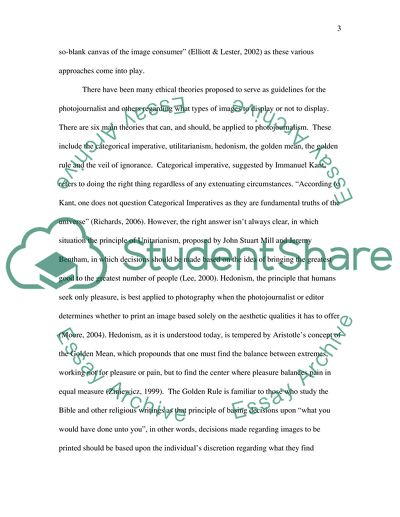Cite this document
(“What are the ethics behind photojournalism and a real life newspaper Essay”, n.d.)
Retrieved from https://studentshare.org/miscellaneous/1538560-what-are-the-ethics-behind-photojournalism-and-a-real-life-newspaper-decision-to-print-or-not-to-print-a-photograph
Retrieved from https://studentshare.org/miscellaneous/1538560-what-are-the-ethics-behind-photojournalism-and-a-real-life-newspaper-decision-to-print-or-not-to-print-a-photograph
(What Are the Ethics Behind Photojournalism and a Real Life Newspaper Essay)
https://studentshare.org/miscellaneous/1538560-what-are-the-ethics-behind-photojournalism-and-a-real-life-newspaper-decision-to-print-or-not-to-print-a-photograph.
https://studentshare.org/miscellaneous/1538560-what-are-the-ethics-behind-photojournalism-and-a-real-life-newspaper-decision-to-print-or-not-to-print-a-photograph.
“What Are the Ethics Behind Photojournalism and a Real Life Newspaper Essay”, n.d. https://studentshare.org/miscellaneous/1538560-what-are-the-ethics-behind-photojournalism-and-a-real-life-newspaper-decision-to-print-or-not-to-print-a-photograph.


